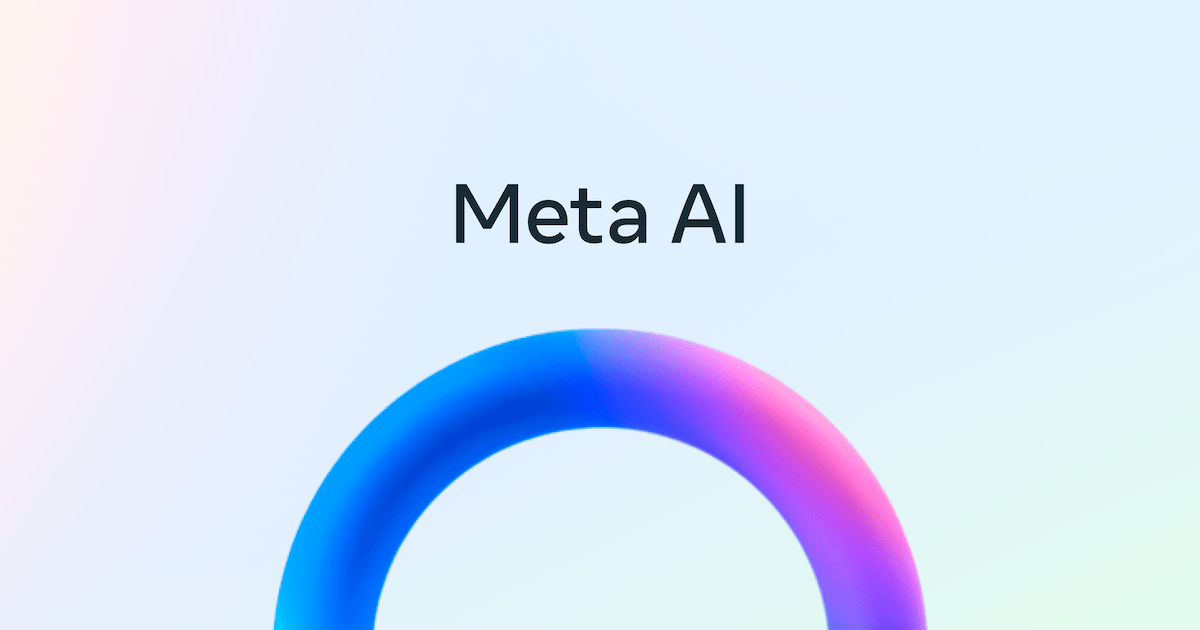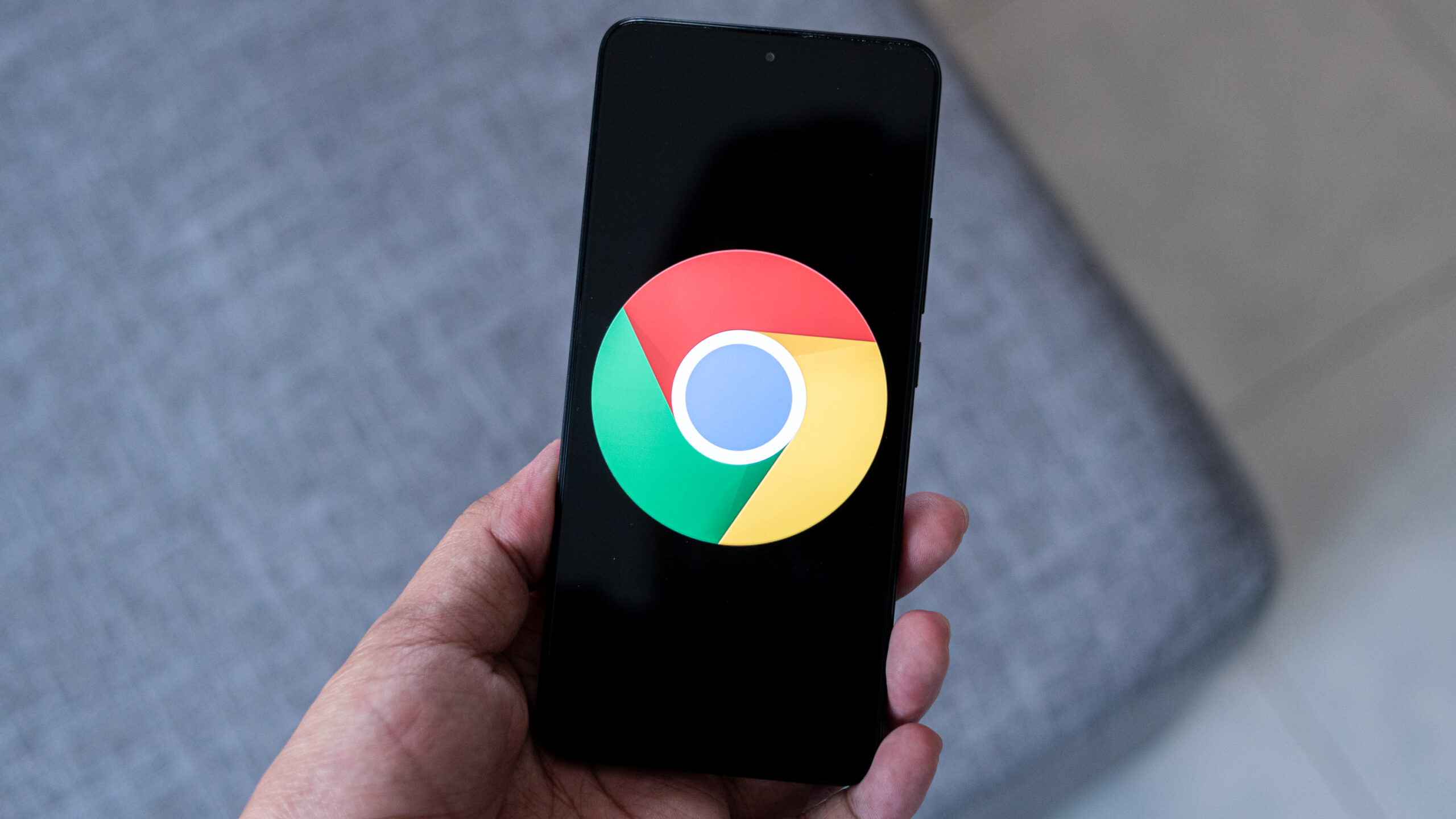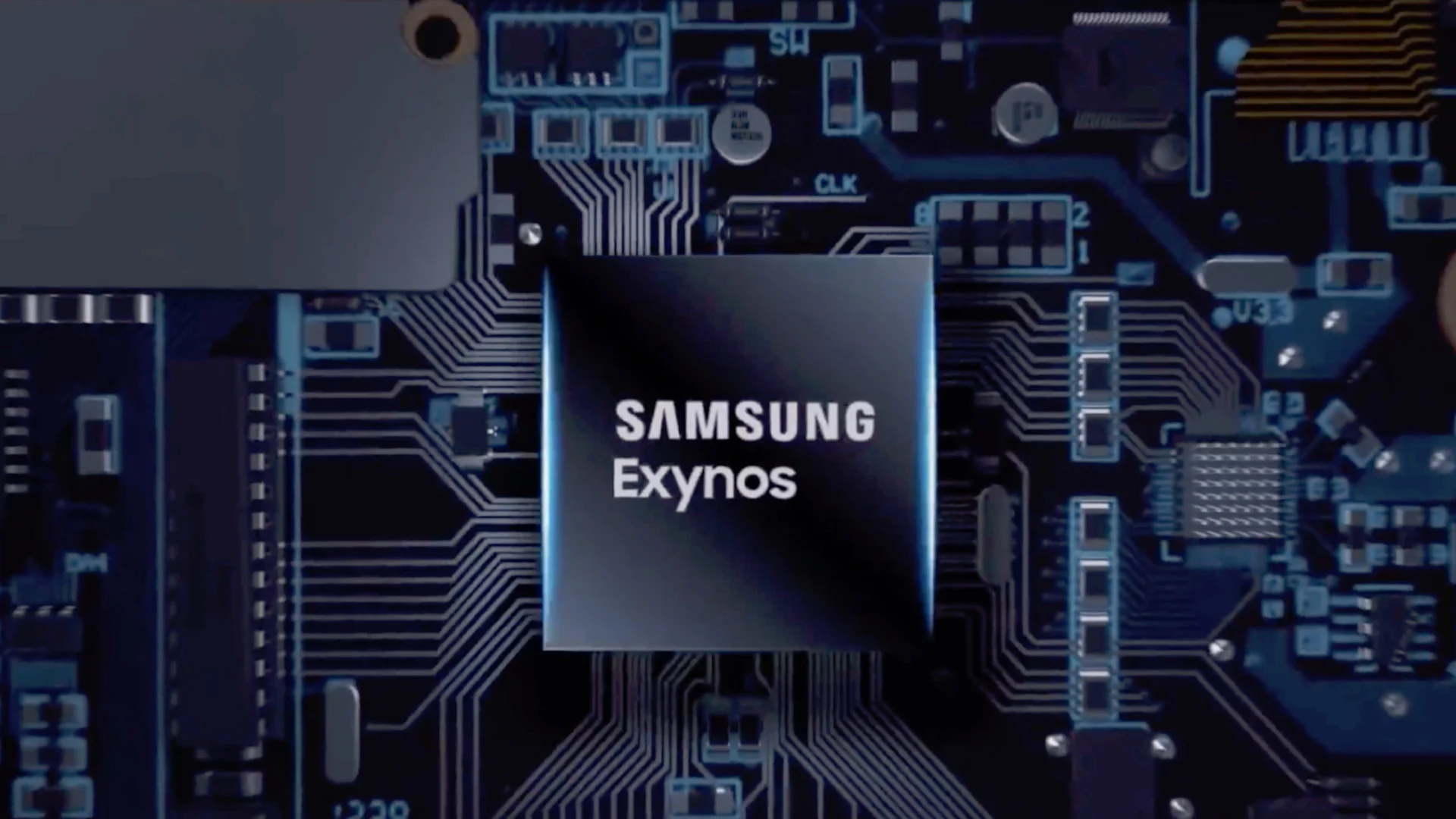In the rapidly evolving landscape of artificial intelligence, Meta and Google are at the forefront with their advanced AI models—Meta AI and Google Gemini. Both companies have made significant strides, introducing cutting-edge features and capabilities that push the boundaries of what AI can achieve. This article explores the key differences, strengths, and areas of application for Meta AI and Google Gemini.
Overview of Google Gemini
Google Gemini represents Google’s latest generative AI model, developed through the collaboration of DeepMind and Google Research. Launched in late 2023, Gemini has been designed to handle a variety of tasks across different modalities, including text, audio, video, and code. The Gemini family includes several versions, such as Gemini Ultra, Gemini Pro, and Gemini Nano, each tailored for specific use cases.
Key Features of Google Gemini
- Multimodal Capabilities: Gemini can process and generate content across multiple formats, making it versatile for various applications.
- Long Context Understanding: The Gemini 1.5 model can handle up to 1 million tokens, significantly enhancing its ability to manage extensive datasets and complex queries.
- Integration and Accessibility: Gemini is integrated into Google Cloud’s Vertex AI, making it accessible for developers and enterprises to build AI-powered applications.
Overview of Meta AI
Meta AI, launched by Meta (formerly Facebook), includes the Llama 3 language model and other advanced AI technologies. Meta AI is embedded across Meta’s social platforms like Facebook, Instagram, Messenger, and WhatsApp, providing a seamless AI experience for users.
Key Features of Meta AI
- Real-Time Image and GIF Generation: Meta AI includes features for generating images and GIFs in real-time, enhancing user interaction and creativity.
- Internet Browsing Capability: Unlike some other AI models, Meta AI can browse the internet in real-time, ensuring it provides up-to-date information.
- Integration Across Platforms: Meta AI is deeply integrated into Meta’s suite of apps, offering personalized assistance and enhanced search functionalities.
Comparative Analysis
Performance and Efficiency
Google Gemini’s latest version, Gemini 1.5, boasts a highly efficient architecture that uses a Mixture-of-Experts (MoE) model. This allows Gemini to selectively activate parts of its neural network, optimizing performance and reducing computational demands. In contrast, Meta AI’s Llama 3 model focuses on real-time data processing and internet browsing, providing users with current and relevant information.
Application and Usability
While both AI models are versatile, their applications differ slightly. Google Gemini’s extensive multimodal capabilities make it suitable for complex enterprise applications, including cybersecurity and large-scale data analysis. On the other hand, Meta AI excels in social media integration, offering features like real-time image generation and personalized interactions across Meta’s platforms.
Security and Ethical Considerations
Both Meta and Google emphasize the importance of safety and ethics in AI development. Google Gemini undergoes rigorous testing to ensure ethical use and reliability, particularly in sensitive applications like cybersecurity. Meta AI also prioritizes ethical considerations, especially in its integration with widely used social media platforms.
Google Gemini and Meta AI represent the pinnacle of AI development from two of the world’s leading tech companies. While Gemini excels in enterprise applications and multimodal capabilities, Meta AI stands out with its real-time interaction features and deep integration into social media platforms. Both models have unique strengths, making them suitable for different user needs and applications in the ever-evolving AI landscape.










Add Comment